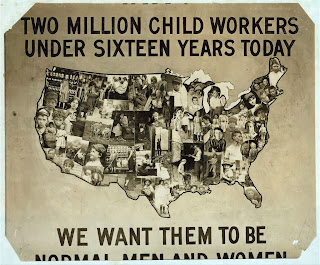How does minimum wage affect the United States today? When it was first developed, it gave opportunity and money to many people who were not being paid what they should have been. There were thousands of workers who were putting in hours of hard labor, and their hourly payment was not worthy. The FLSA created an equal basis for all non-farming jobs. In today's society, there are rising problems with minimum wage policies. There are many people who are paid minimum wage that deserve more.
Taco Bell Workers protesting
Since the development of minimum wage in 1938 during the Great Depression, the economy has significantly picked up, inflation has risen, and so has the minimum wage. But there have been many people in different industries that are discussing whether or not the current United States minimum wage is sufficient for living. In the fast food trade, there have been strikes to increase minimum wage for workers because they believe it will be an incentive for better quality of work, while not being threatened by anti-Union sentiments. The strikes have begun to sweep across the country, spreading the message that minimum wage is not always as beneficial as it might seem to be. "The protests have expanded greatly since November 2012, when 200 fast-food workers engaged in a one-day strike at more than 20 restaurants in New York City, the first such walkout in the history of the nation’s fast-food industry" (Greenhouse, NY Times, 2013).
In addition to the fast food strikes that are sweeping across the country, many states are reconsidering the minimum wage per state. In Massachusetts recently, legislators have been discussing increasing minimum wage for workers from $8 an hour to $11 an hour. Although Massachusetts already has one of the highest minimum wage rates in the country, many legislators believe that an increase in minimum wage (and an adjustment in inflation) will really help low-income workers lives better lives. On the flip-side, a raise in minimum wage might lead to job loss for many workers because the employers can no longer afford to pay their employees the new rate.
Minimum wage throughout the United States is constantly a discussed topic because it impacts millions of workers across the country. There are many people who believe that they are not being paid enough for the work that they do, and other people believe that the work that is being done is not worth more that minimum wage.
There are many states that have a higher minimum wage than Massachusetts, but Massachusetts is one of the only states that might actually change minimum wage rates. I predict that within the next ten years, the conversation revolving around insufficient wage rates will rise, and more people will be paid at a higher rate.










